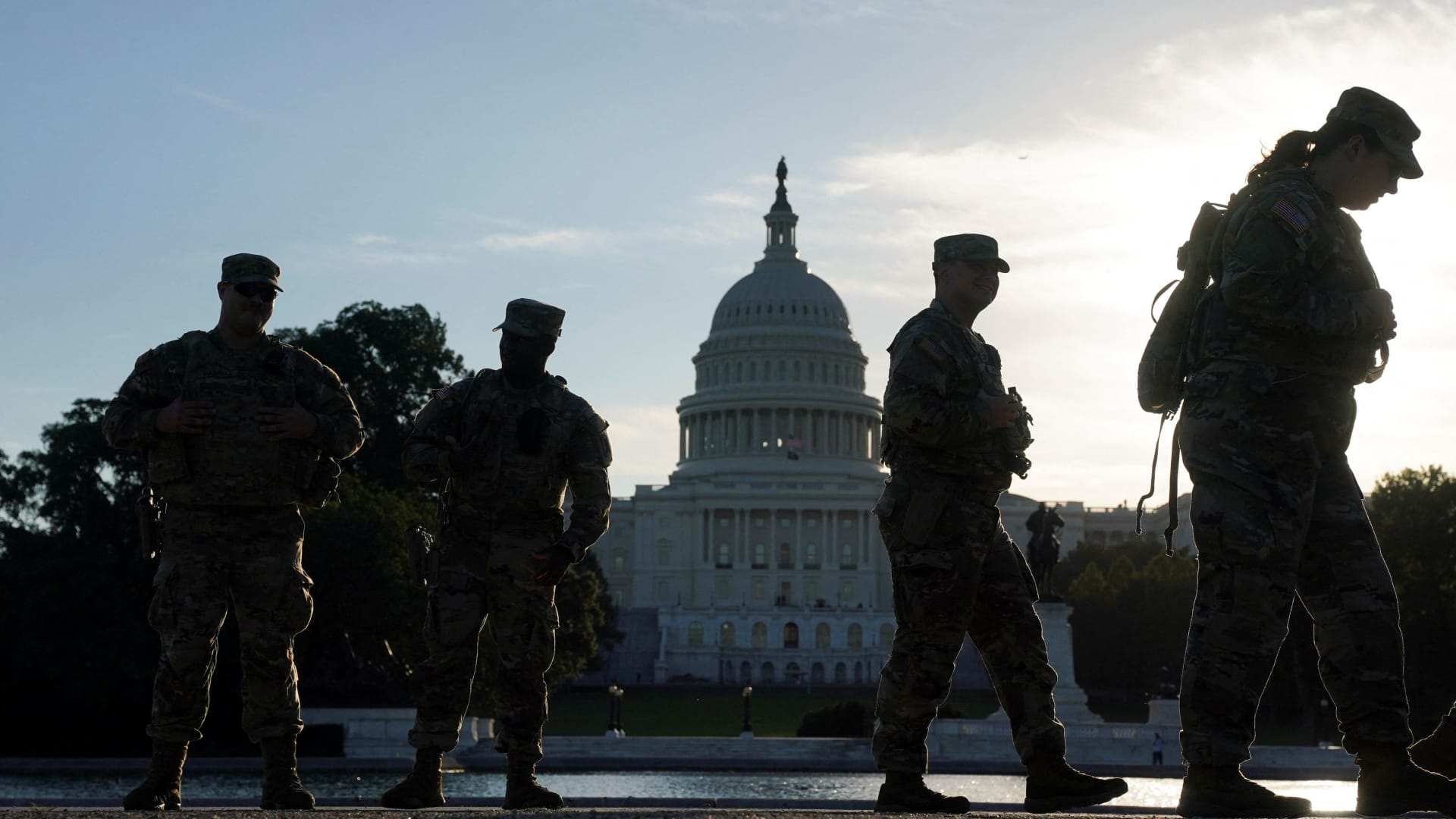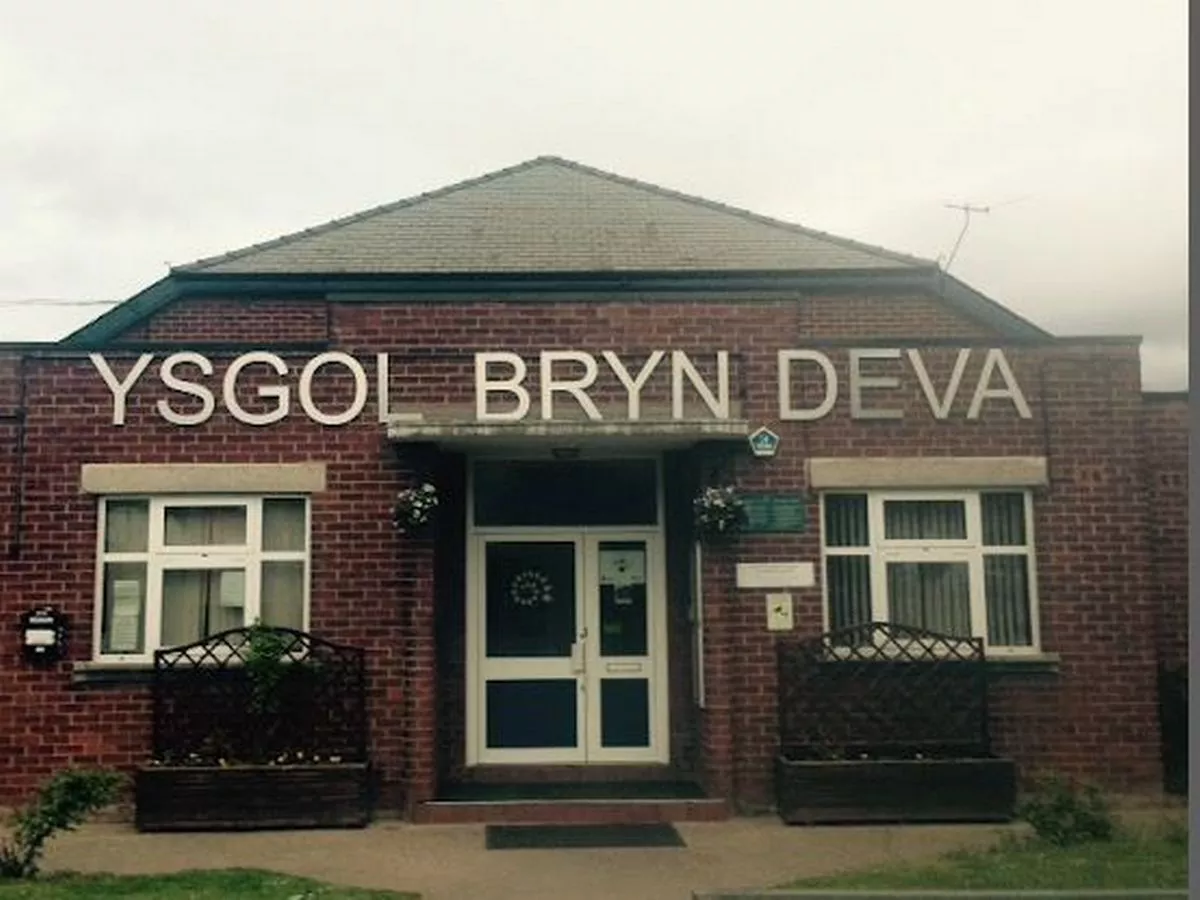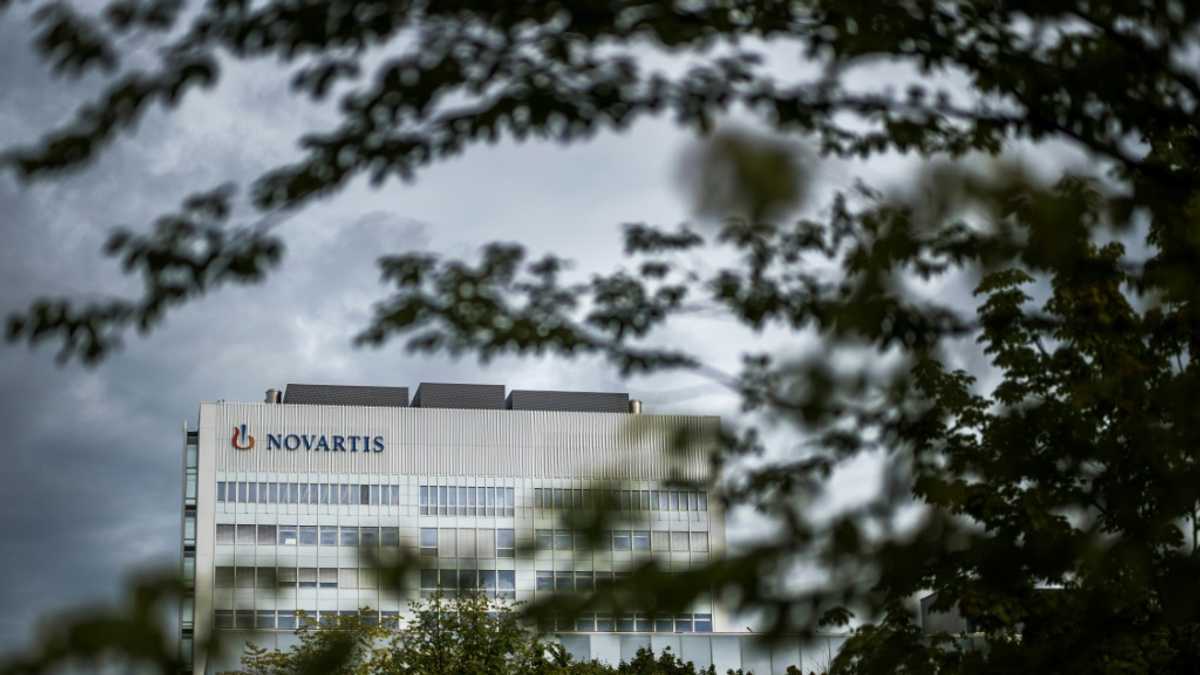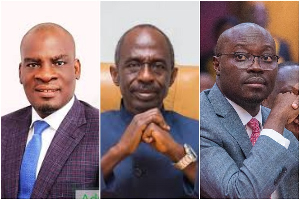
The shutdown of the federal government is likely to worsen the delays student loan borrowers are already facing in accessing programs required by Congress and mandated in their loan terms.
More than 1 million borrowers are in a backlog to enroll in an income-driven repayment plan, according to court records from mid-September.
During the shutdown, Federal Student Aid staff “will not be able to perform regular operations, including working on the IDR backlog,” a spokesperson for the Education Department told CNBC on Wednesday. That day, the U.S. government shut down after lawmakers failed to reach a funding deal, meaning that most of the federal workers at the Education Department would be temporarily put on unpaid leave.
“Even before the shutdown, borrowers were at a breaking point,” said Michele Zampini, associate vice president of federal policy and advocacy at The Institute for College Access & Success.
“Now, with application processing reportedly at a standstill, borrowers will continue to face unaffordable payments.”
More from Personal Finance:
As some colleges near $100,000, these schools are free
These college majors have the best job prospects
Student loan forgiveness may soon be taxed again
Congress created the first IDR plans in the 1990s to make student loan borrowers’ bills more affordable. Historically, the plans cap people’s monthly payments at a share of their discretionary income and cancel any remaining debt after a certain period, typically 20 years or 25 years.
Here’s what student loan borrowers need to know about getting into a new repayment plan right now.
Many of the borrowers in the backlog are likely trying to switch out of the Biden administration-era SAVE, or Saving on a Valuable Education, plan. A court struck that program down in February and now borrowers who remain in the SAVE forbearance, which borrowers were placed into during the legal challenges, are seeing interest grow on their debt. (The Trump administration started charging interest as of Aug. 1.)
“Interest has been accruing on their loans, but they have been unable to switch to another plan,” Kantrowitz said.
In the meantime, borrowers stuck in the backlog may not be making progress toward loan forgiveness, either under the terms of an IDR plan or through the Public Service Loan Forgiveness program. PSLF offers debt cancellation to certain public servants or non-profit workers after a decade.
While this waiting period likely doesn’t count toward IDR or PSLF forgiveness, when you first applied for an IDR plan, you were supposed to be put into a 60-day administrative forbearance at first, and those two months still do count on your forgiveness timeline, Kantrowitz said.
“Our advice to borrowers is to maintain thorough records and monitor any applications submitted during this period,” said Carolina Rodriguez, director of the Education Debt Consumer Assistance Program, speaking about the backlog.
“Once processing resumes, it’s important to follow up promptly to ensure their application remains on track,” Rodriguez said. “Beyond that, unfortunately, this remains a waiting game.”



